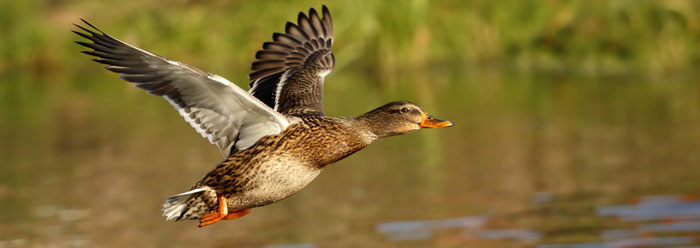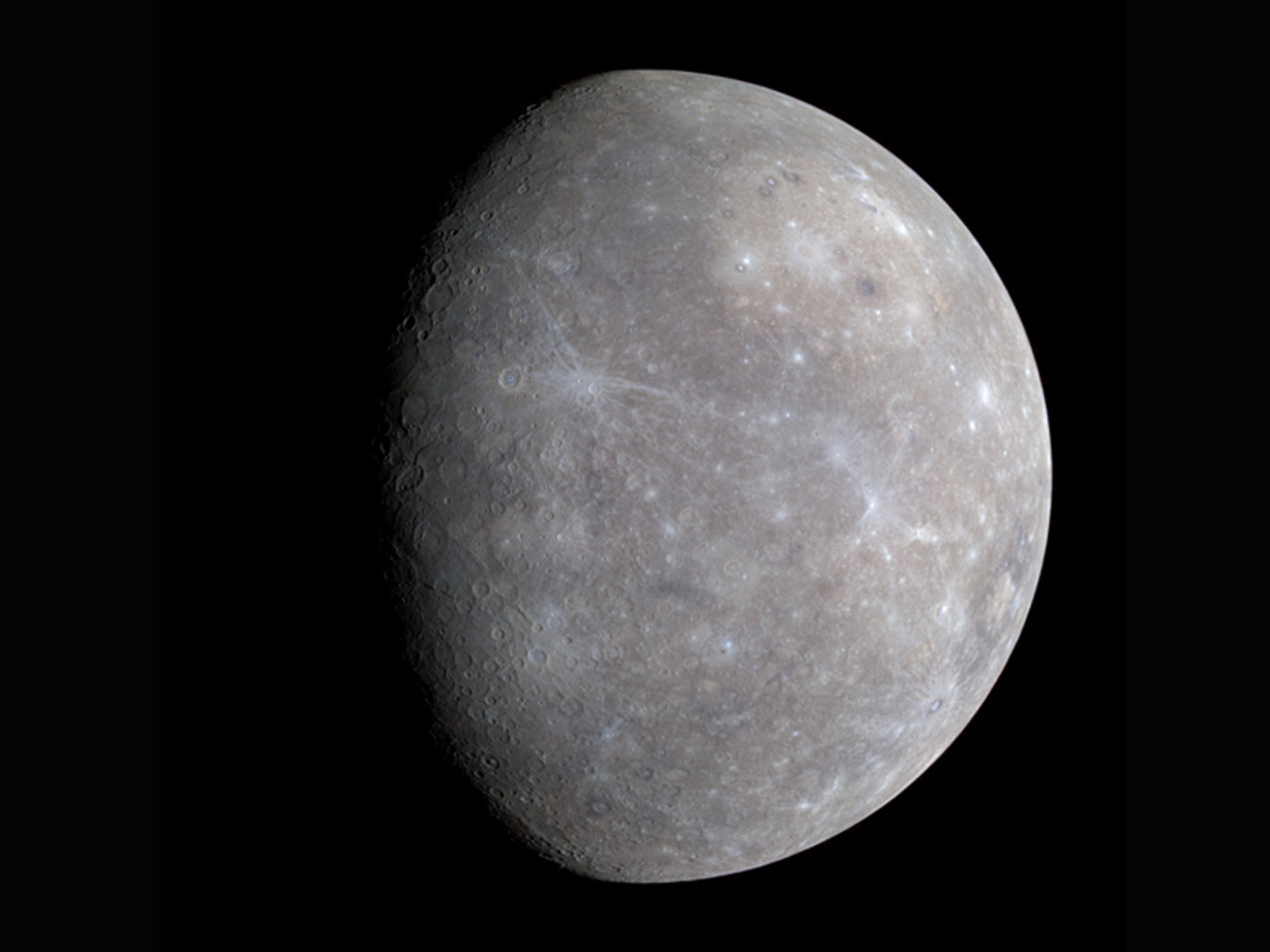People don't generally picture ducks as having lived alongside dinosaurs. After all, it is widely assumed that birds evolved from dinosaurs over a period of millions of years. But fossils discovered two decades ago reveal clear evidence that they lived at the same time.
Gareth Dyke, a paleontologist at the University College Dublin, described in the July issue of Scientific American how changes began to occur in the 1990s to the stories of the evolutionary relationships between dinosaurs and birds. Certain gene or protein sequences of modern birds were compared and interpreted within a framework of evolutionary assumptions, giving rise to hypotheses regarding an evolutionary connection between birds and dinosaurs.
But most of these depictions of evolutionary relatedness are in conflict, as each gene, protein, or bone being examined is deemed to be more (or less) similar--with no real rhyme or reason--to various genes, proteins, or fossil bones from other supposed evolutionary relatives. Depending on which study is chosen, the avian in question could have sprung from any number of ancient forms. Dr. Dyke wrote, "Molecular biologists had long questioned the classical, fossil-based view of modern bird evolution."1 There seem, however, to be just as many questions related to the molecular biology-based view of such evolution.
These pervasive uncertainties are illustrated in studies of giant flightless birds called ratites. One report based on relative similarities between mitochondrial DNA sequences presented evidence that the extinct moa "emerged" first, then "gave rise" to rheas, ostriches, kiwis, and emus.2 But another study using the same DNA concluded that the evolutionary order should be rheas first and then moas.3 A later study of other genes from among some of the same birds produced yet another order: ostriches, rheas, emus, and then kiwis.4 This does not show evolution--it just shows confusion.
And it is not limited to bird evolution. The same problems plague studies of the evolution of plants,5 dinosaurs,6 insects,7 sharks,8 and "early man."9 Is there any biological realm that has a clear and universally accepted evolutionary story? Insightful researchers have said there is not.10
In his Scientific American article, Dr. Dyke recounted some startling discoveries of duck-like remains in Cretaceous rocks, which are typified by dinosaur fossils. But like the grass bits found in fossilized dinosaur dung in 2005, which appeared "much earlier than had been thought on the basis of fossils,"11 the discovery of ducks in the same kinds of rock layers as duckbill dinosaurs is another example of man-made evolutionary timelines being confounded by the data.
After more than a century of searching for a clear picture of evolution based on the fossil record, one evolutionary paleontologist admitted that "we have even fewer examples of evolutionary transition than we had in Darwin's time."12 Nevertheless, Dyke's final sentence revealed his deep-seated faith that fossils will eventually supply evolution's missing answers: "Only with the discovery of more fossils--whether in the ground or in museum drawers--will we be able to determine how modern birds eluded elimination and took wing."1
This echoes the bias exhibited by anthropologist John Hawks when he told LiveScience, regarding the confusion over the evolutionary identity of an early human fossil, "We just need to find more skulls."13 Out-of-place fossils like Cretaceous ducks will continue to force revisions to evolutionary history because the fossil-centric approach ignores the best sources of historical data. The approach is disadvantaged by excluding these sources, and that deprives its whole interpretive framework of further avenues to explore the evidence.
Just as it is futile to attempt to reconstruct the entire history of a battle from what few scattered and decayed clues remain in the battlefield, one cannot reconstruct the major events of earth history using only fossils. Detailed knowledge of historical battles comes instead from written accounts.
Even so, the written accounts in Genesis should hold a prominent place for those who study earth's ancient past. These accounts clearly show that grass, dinosaurs, and birds co-existed--just as the fossil record demonstrates.
References
- Dyke, G. 2010. Winged Victory: Modern Birds Now Found to Have Been Contemporaries of Dinosaurs. Scientific American. 303 (1): 70-75.
- Haddrath, O. and A. J. Baker. 2001. Complete mitochondrial DNA genome sequences of extinct birds: ratite phylogenetics and the vicariance biogeography hypothesis. Proceedings of the Royal Society B. 268 (1470): 939-945.
- Cooper, A. et al. 2001. Complete nitochondrial genome sequences of two extinct moas clarify ratite evolution. Nature. 409 (6821): 704-707.
- Harshman, J. et al. 2008. Phylogenetic evidence for multiple losses of flight in ratite birds. Proceedings of the National Academy of Sciences. 105 (36): 13462-13467.
- Thomas, B. New Study Contradicts Flower Fossil Dates. ICR News. Posted on icr.org April 9, 2010, accessed July 7, 2010.
- Thomas, B. New Dinosaur Causes New Confusion. ICR News. Posted on icr.org December 18, 2009, accessed July 7, 2010.
- Thomas, B. Rare Insect Evolved at the Wrong Time. ICR News. Posted on icr.org December 30, 2008, accessed July 7, 2010.
- Sherwin, F. 2009. Sharks Remain Sharks. Acts & Facts. 38 (8): 16.
- Thomas, B. Australopithecus sediba: Another Human Ancestor? ICR News. Posted on icr.org April 14, 2010, accessed July 7, 2010.
- Thomas, B. and F. Sherwin. 2009. Darwin's Withering Tree of Life. Acts & Facts. 38(5): 16.
- Prasad, V. et al. 2005. Dinosaur Coprolites and the Early Evolution of Grasses and Grazers. Science. 310 (5751): 1177-1180.
- Raup, D. 1979. Conflicts between Darwin and Paleontology. Field Museum of Natural History Bulletin. 50 (1): 25. Quoted in Morris, J. and F. Sherwin. 2010. The Fossil Record. Dallas, TX: Institute for Creation Research, 129.
- Choi, C. Q. Fossil Skeletons May Be Human Ancestor. LiveScience. Posted on livescience.com April 8, 2010, accessed July 8, 2010.
* Mr. Thomas is Science Writer at the Institute for Creation Research.
Article posted on July 14, 2010.






















